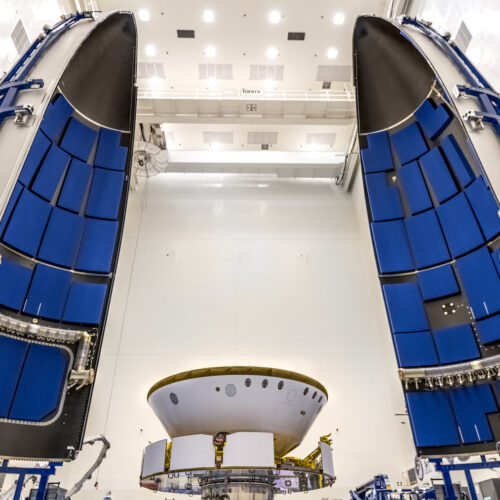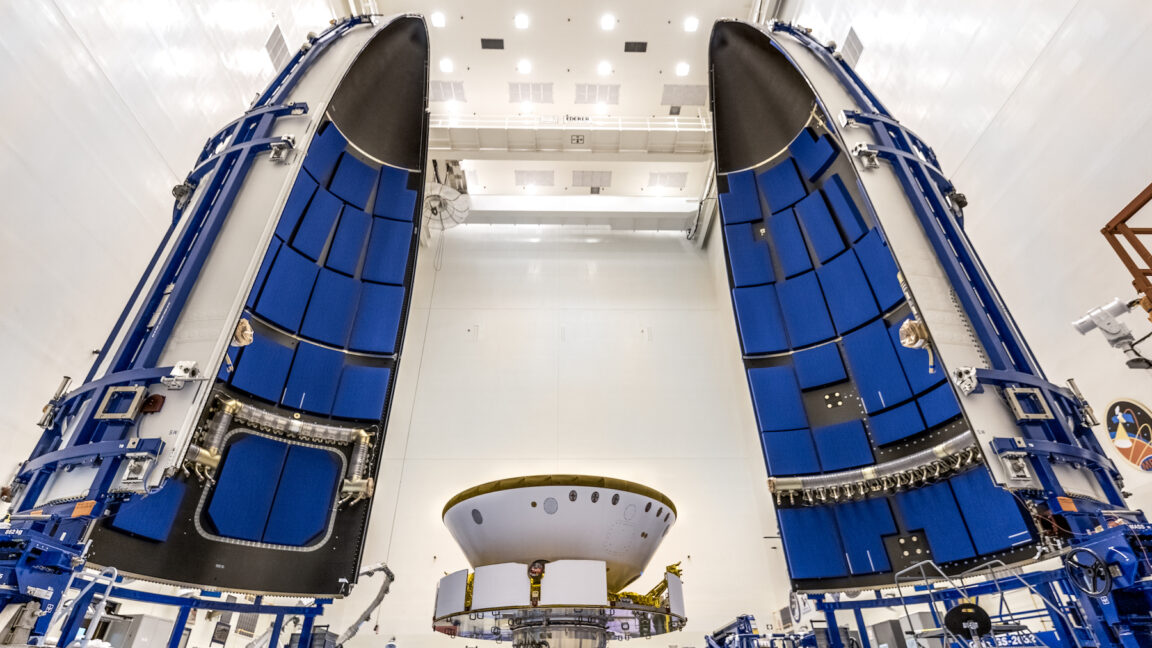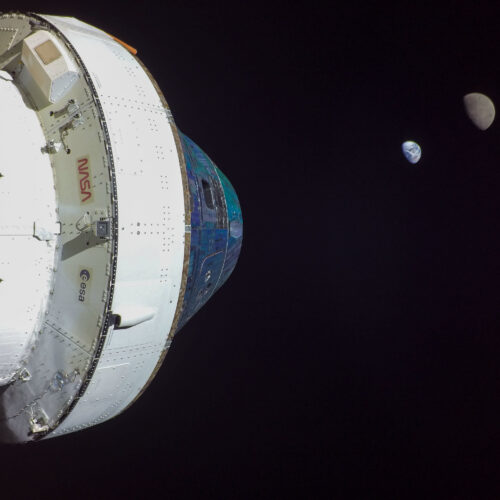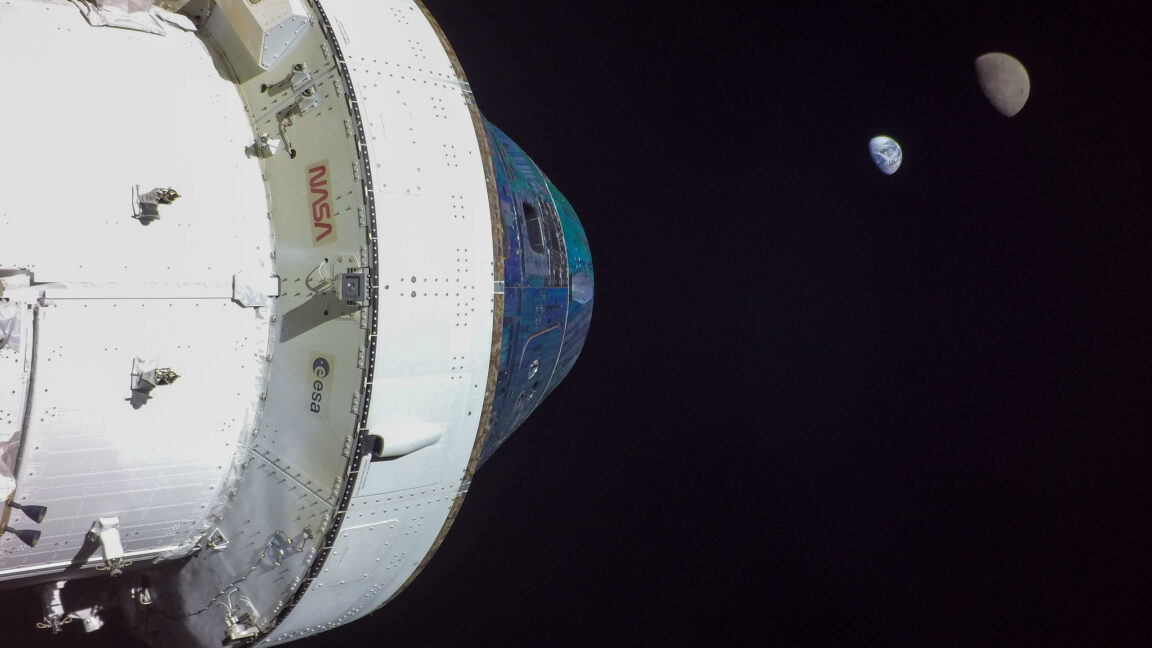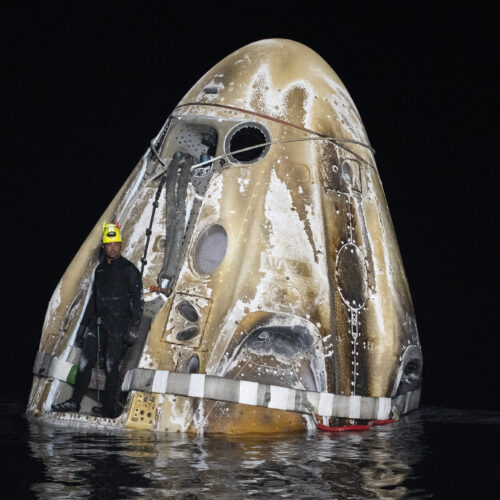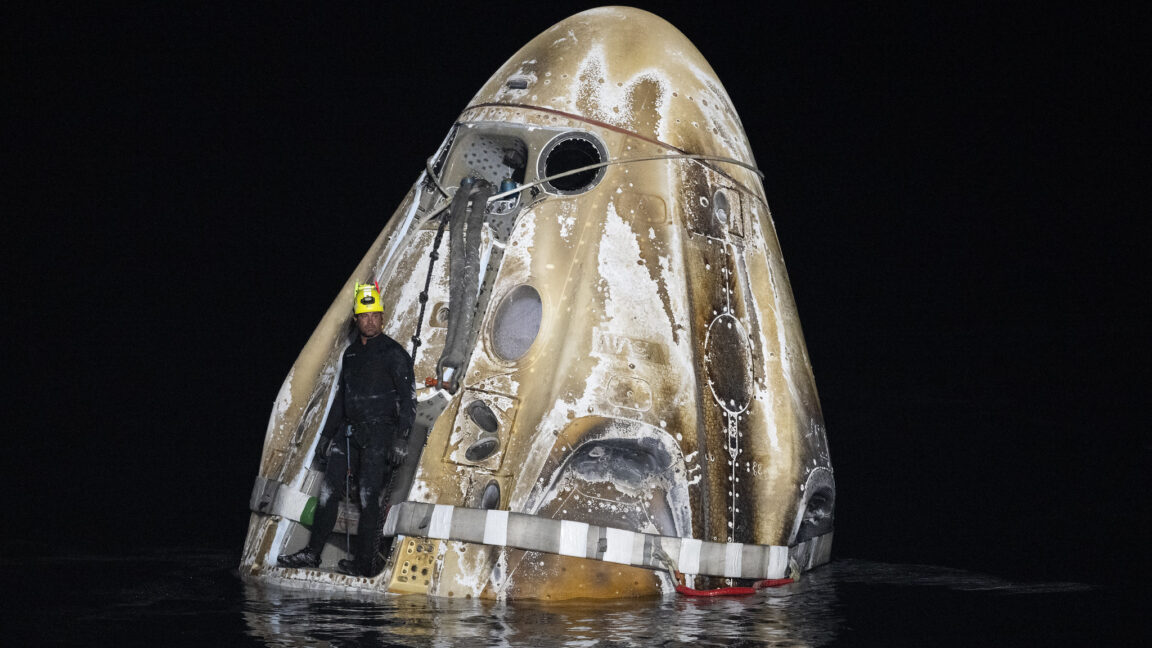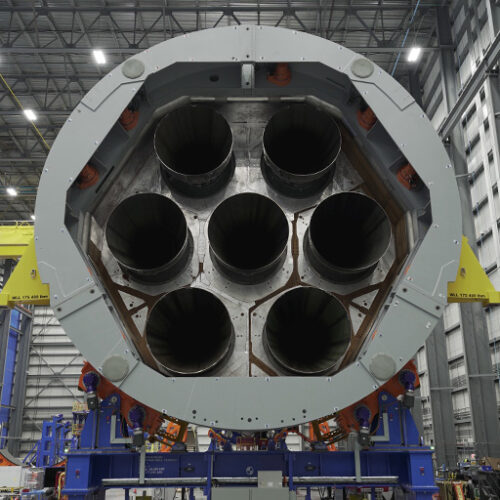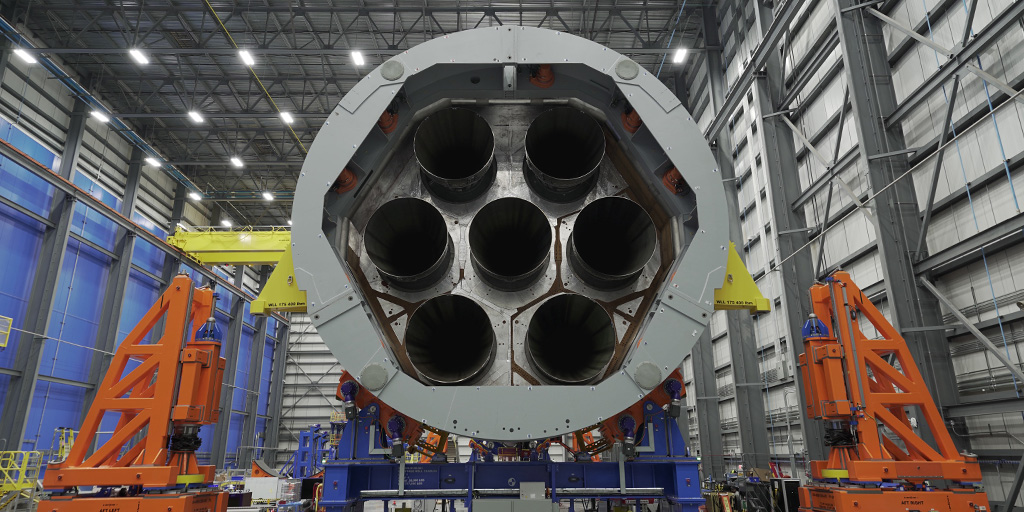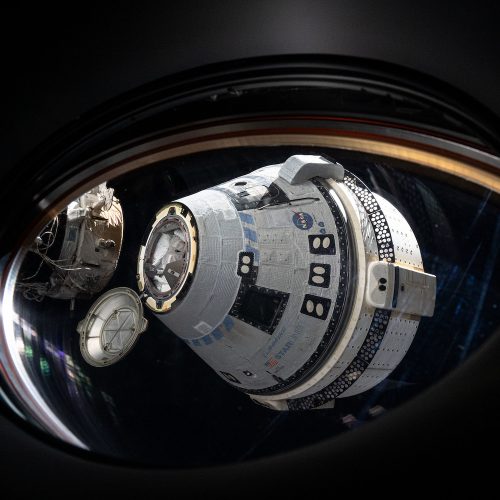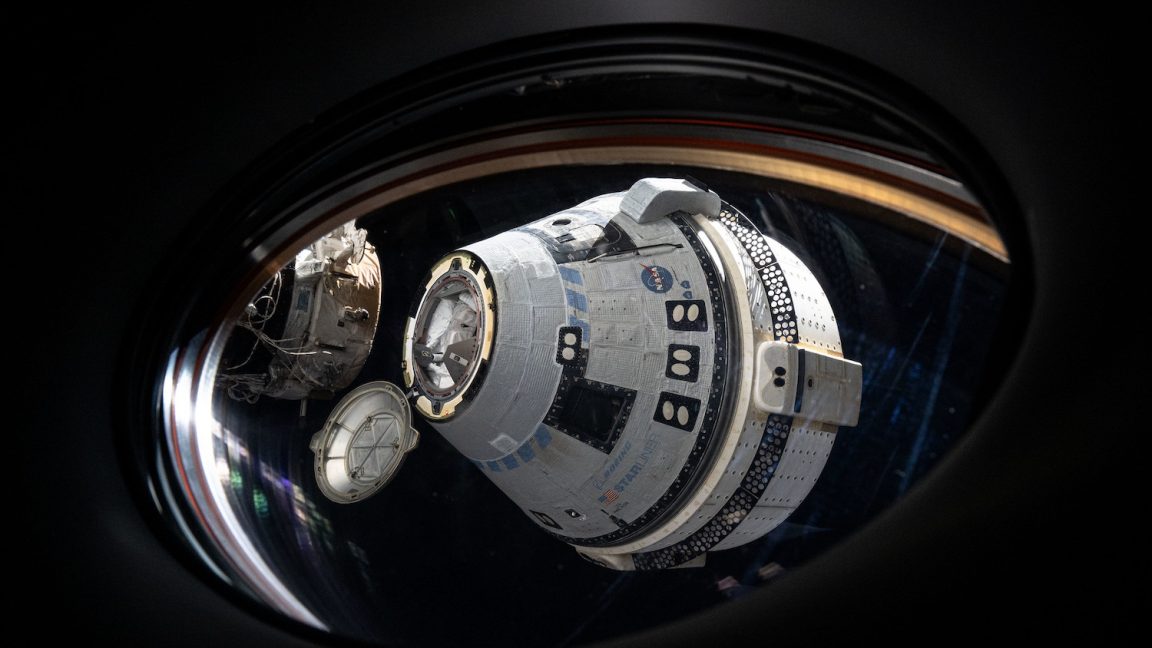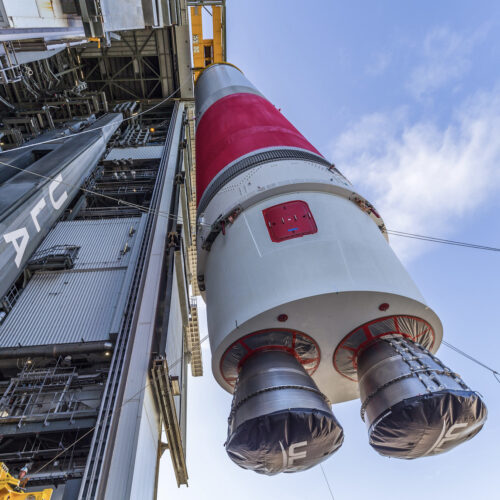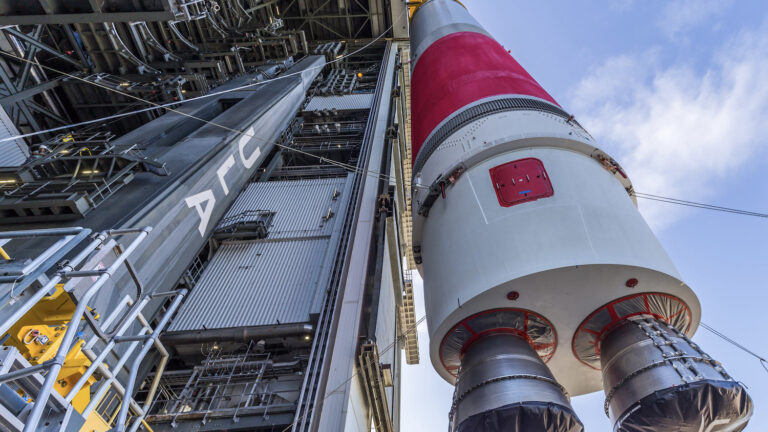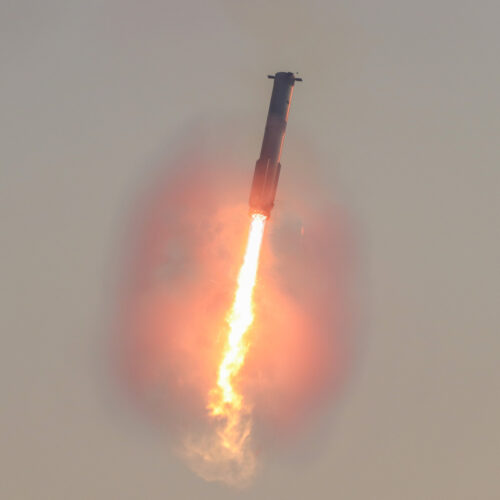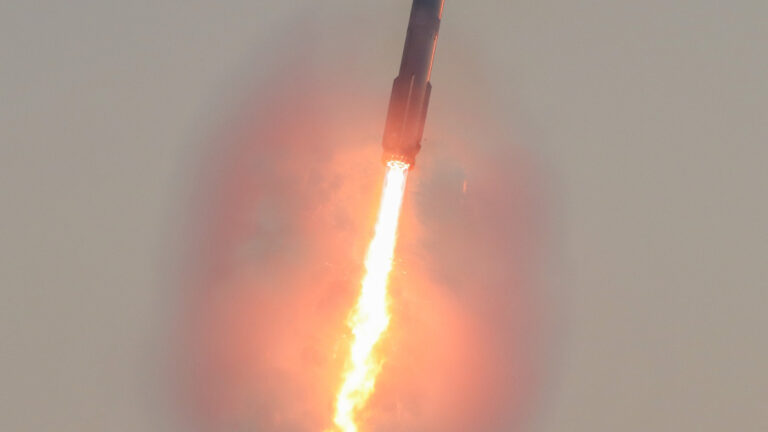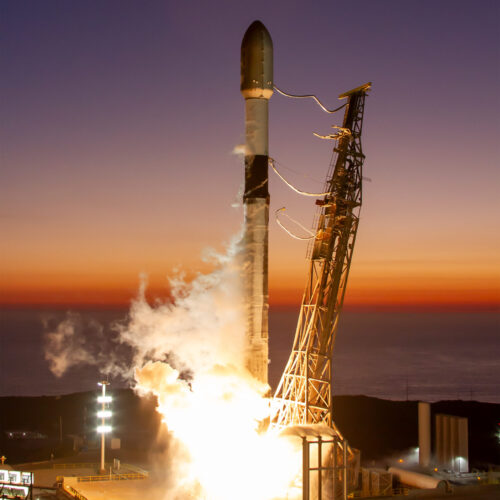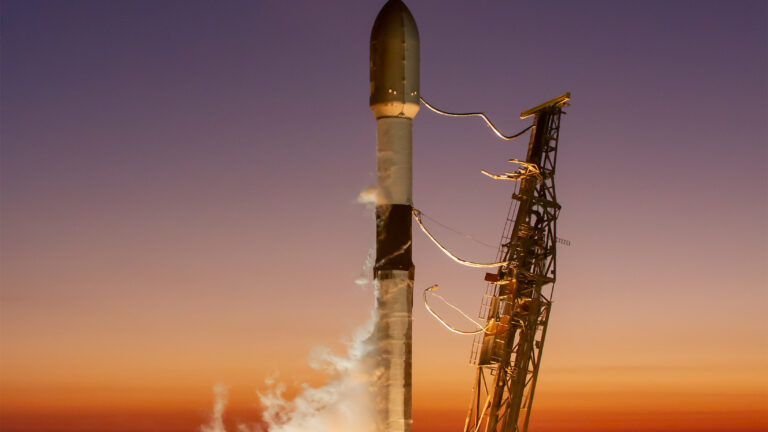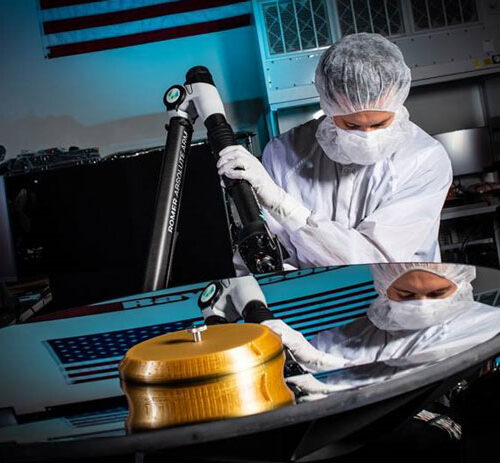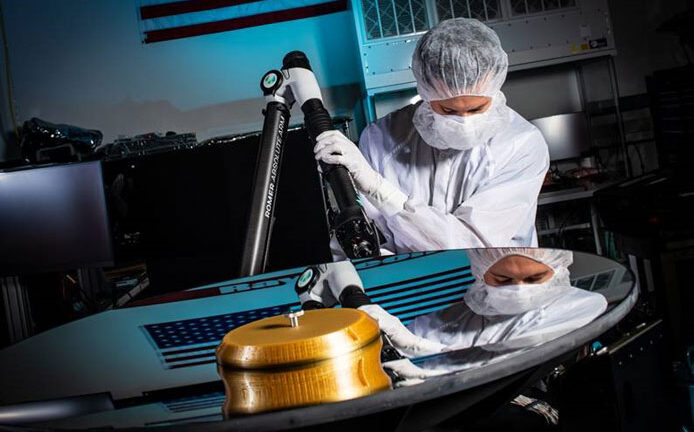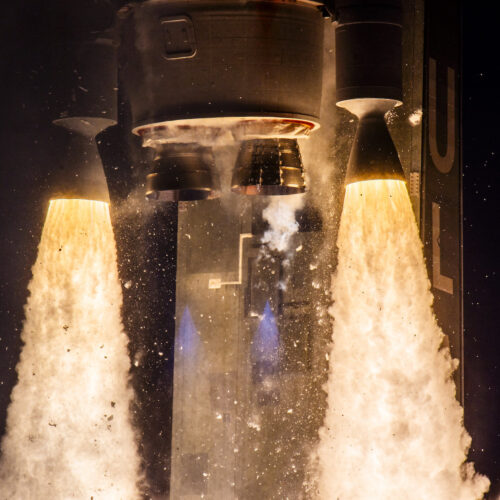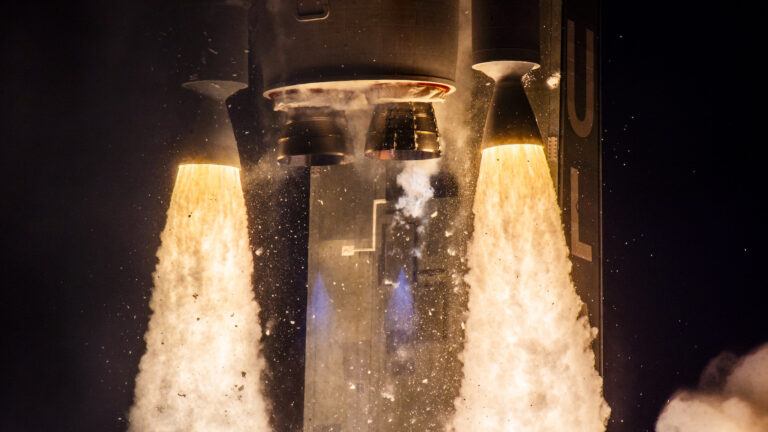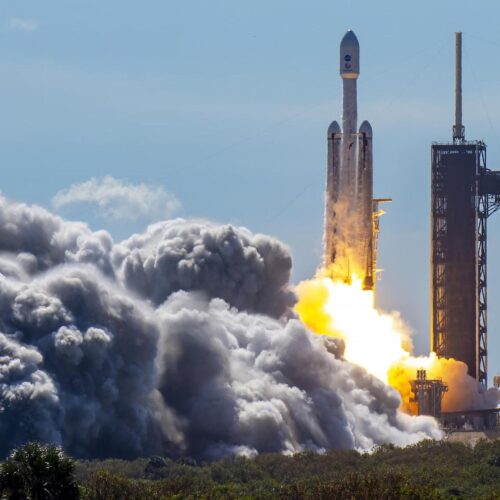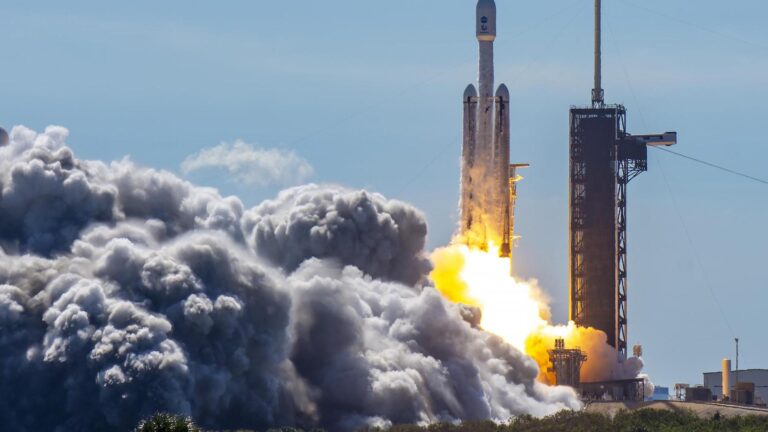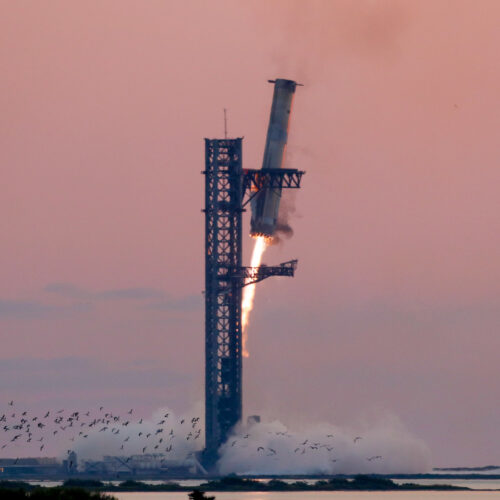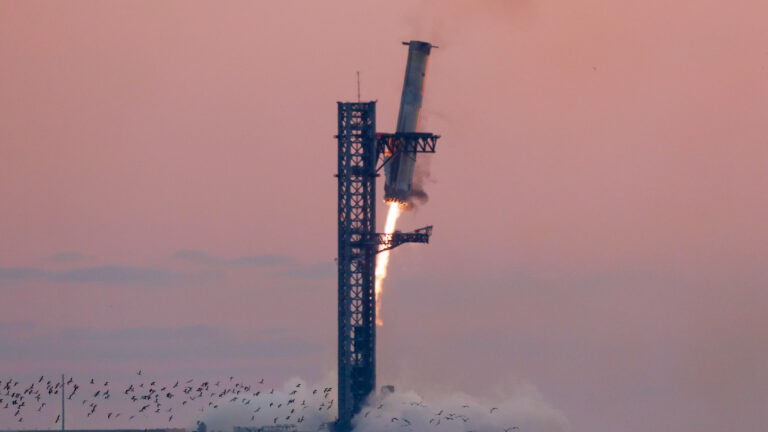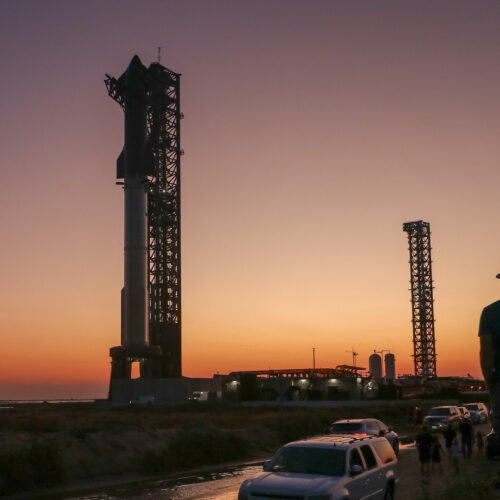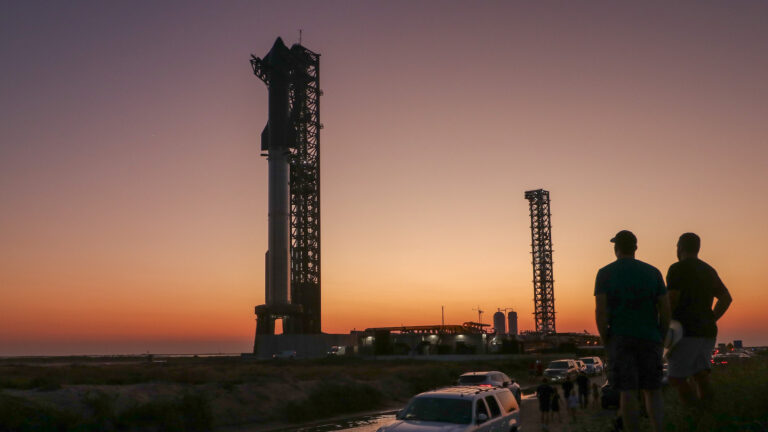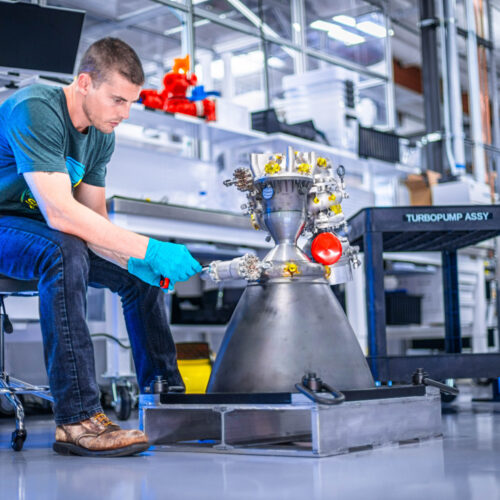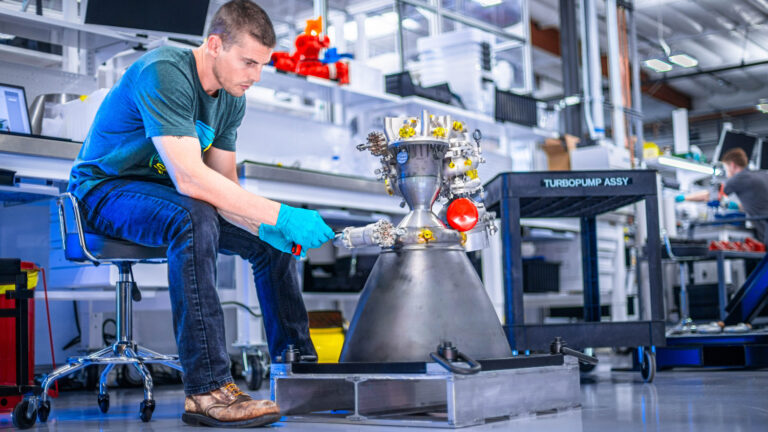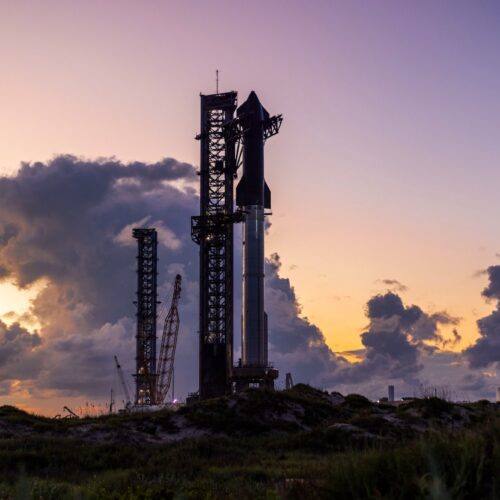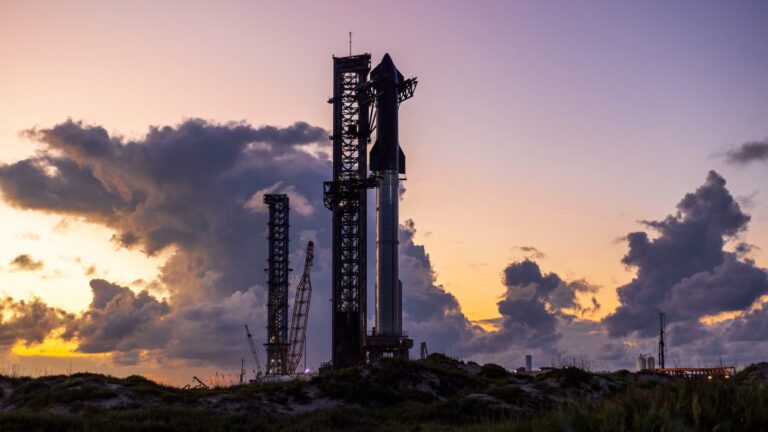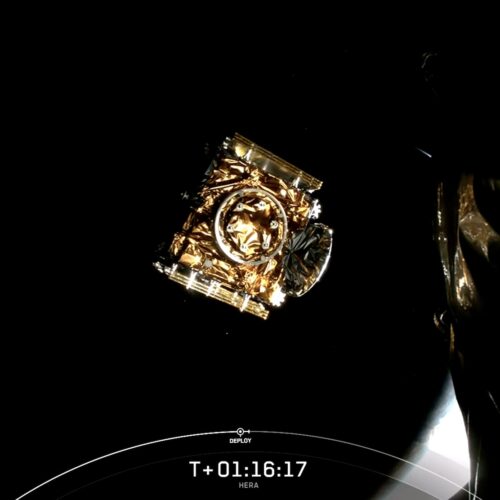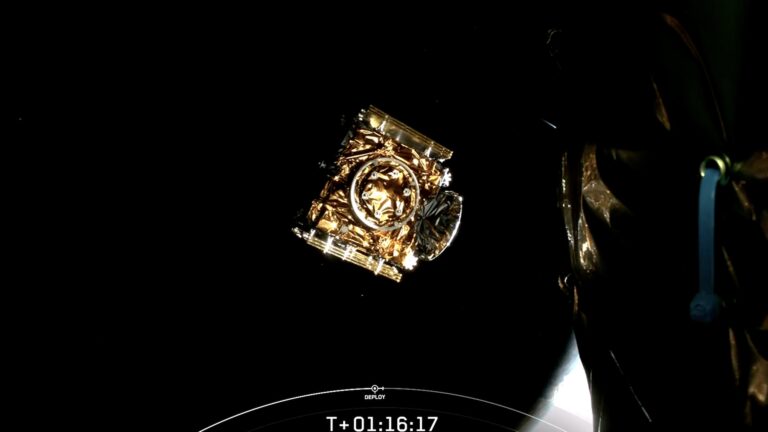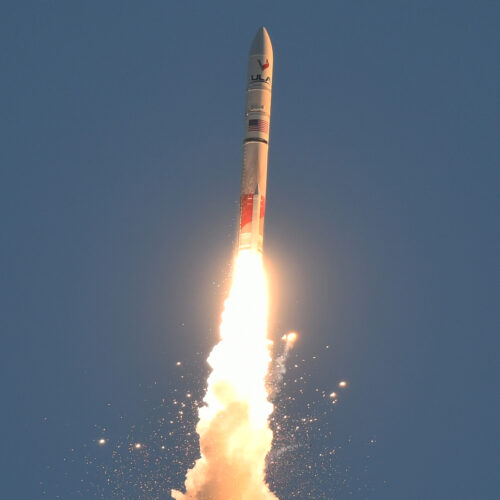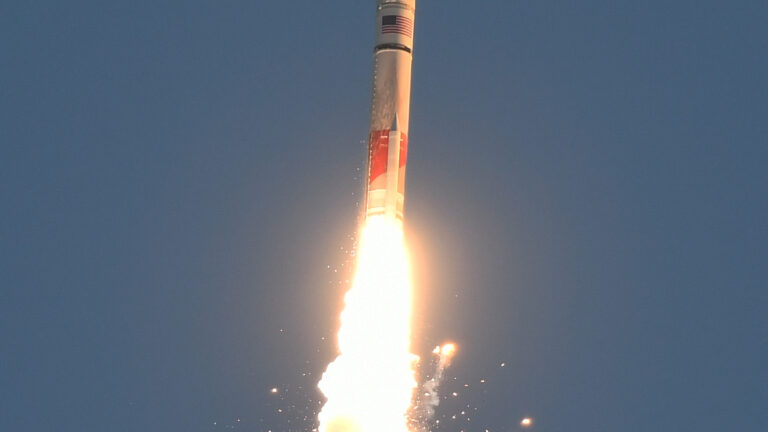Finally, a sign of life for Europe’s sovereign satellite Internet constellation
The European Commission announced Thursday it plans to sign a contract with the continent's leading space companies before the end of the year to begin development of a 290-satellite broadband Internet network estimated to cost more than 10 billion euros (about $10.9 billion).
The press release announcing the contract award to IRIS²—known as Infrastructure for Resilience, Interconnectivity and Security by Satellite—did not specify the financial details of the agreement, but European media has widely reported the 10 billion euro cost. The commission's decision follows an evaluation of the best-and-final offer from the SpaceRISE consortium formed by European satellite network operators SES, Eutelsat, and Hispasat.
We’ll do it ourselves
The European Commission, the European Union's executive arm, is managing the IRIS² program, which will also receive funding from the European Space Agency and European industry in a public-private partnership. European governments previously expected to provide around 60 percent of the funding for the initiative. Under that plan, European industry would supply roughly 40 percent of the money in a public-private partnership. The specifics of the final cost-sharing arrangement were not available Thursday.


© Nicolas Economou/NurPhoto via Getty Images
